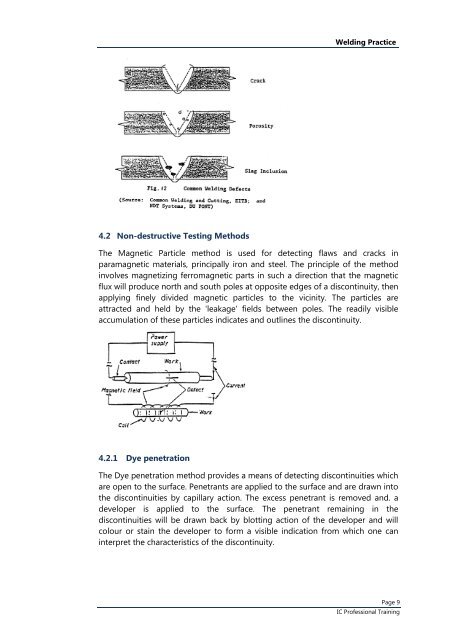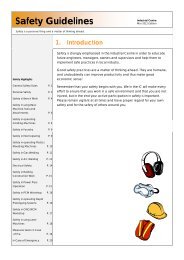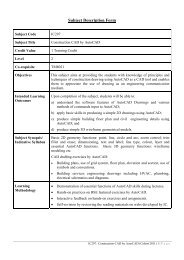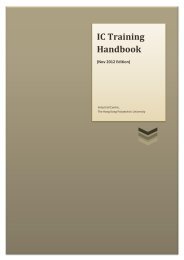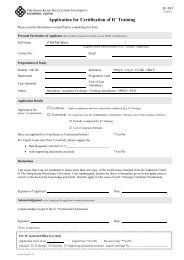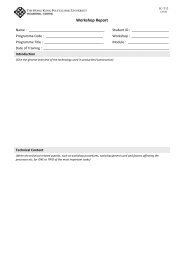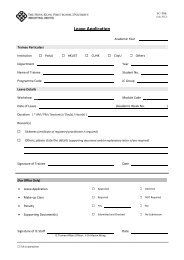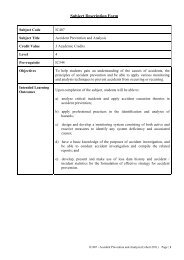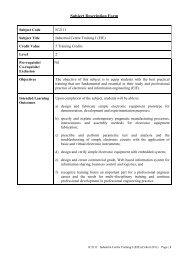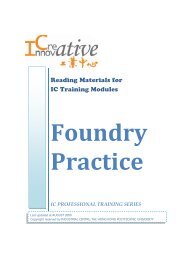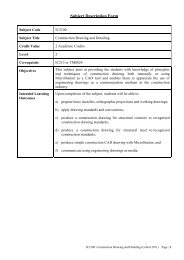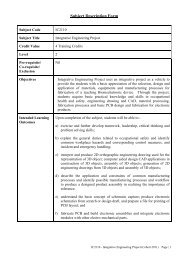Welding Practice - The Hong Kong Polytechnic University
Welding Practice - The Hong Kong Polytechnic University
Welding Practice - The Hong Kong Polytechnic University
Create successful ePaper yourself
Turn your PDF publications into a flip-book with our unique Google optimized e-Paper software.
<strong>Welding</strong> <strong>Practice</strong><br />
4.2 Non-destructive Testing Methods<br />
<strong>The</strong> Magnetic Particle method is used for detecting flaws and cracks in<br />
paramagnetic materials, principally iron and steel. <strong>The</strong> principle of the method<br />
involves magnetizing ferromagnetic parts in such a direction that the magnetic<br />
flux will produce north and south poles at opposite edges of a discontinuity, then<br />
applying finely divided magnetic particles to the vicinity. <strong>The</strong> particles are<br />
attracted and held by the 'leakage' fields between poles. <strong>The</strong> readily visible<br />
accumulation of these particles indicates and outlines the discontinuity.<br />
4.2.1 Dye penetration<br />
<strong>The</strong> Dye penetration method provides a means of detecting discontinuities which<br />
are open to the surface. Penetrants are applied to the surface and are drawn into<br />
the discontinuities by capillary action. <strong>The</strong> excess penetrant is removed and. a<br />
developer is applied to the surface. <strong>The</strong> penetrant remaining in the<br />
discontinuities will be drawn back by blotting action of the developer and will<br />
colour or stain the developer to form a visible indication from which one can<br />
interpret the characteristics of the discontinuity.<br />
Page 9<br />
IC Professional Training


